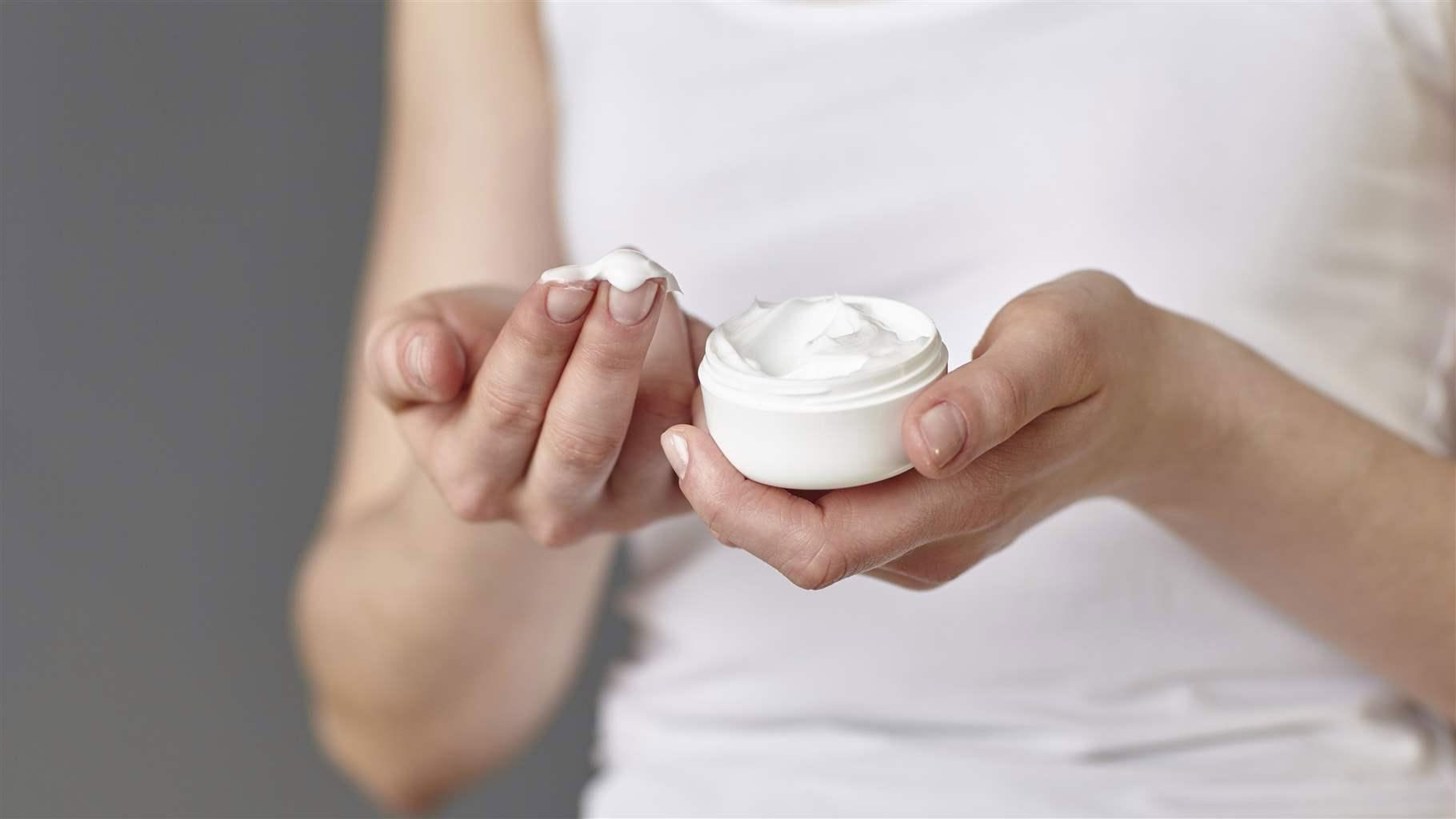Chronic Pelvic Pain
Chronic Pelvic Pain
What is Chronic Pelvic Pain (CPP)?
CPP is defined as pain in the region of the pelvis for more than 6 months. It involves parts of the body that are supplied by the nervous system and the pain is most often located between the belly-button and hip/thigh area.
How common is this?
CPP occurs most often in women ages 26-30 years. It is a common problem as 1 in 7 women are affected and 39% of women in their reproductive age report chronic pelvic pain to their primary doctor and 10% of referrals to gynecologists are for pelvic pain.
What causes CPP?
There are many conditions that can lead to CPP including but not limited to: fibromyalgia, diverticulitis, pelvic inflammatory disease, and irritable bowel syndrome. Some of the causes, however, may not even be related to the urinary tract, reproductive organs, or the bowel. Therefore, treatment plans are often complex because identifying the underlying cause is challenging. However, pharmacologic treatment often targets the pain caused by the pelvic floor muscles.
How is CPP diagnosed?
The diagnosis is most often made through history and physical exam. Questions such as past surgical history, pain levels, onset, location, and the factors that make it better or worse will be assessed. A physical exam done by your doctor will include an evaluation of the spine, hips, and pelvis as well as a neurological exam to assess nerve function.
Treatment for CPP and the Role of Personalized Compounded Therapies
When the underlying cause is found, treatment is focused on treating that disease state. General treatment includes a multimodal approach which combines many non-drug and drug therapies.
Non-drug treatment options for CPP include physical therapy, trigger point injections, nerve blocks, and surgery. There are also commercially available medications to help with pain management such as ibuprofen, naproxen, acetaminophen and hormonal therapy (a combination of estrogen-progestin contraceptives).
While there are many pain medications available to help with CPP, compounded medications allow for your doctor to personalize your therapy for you in strength and a dosage form that works best for your treatment regimen that is not commercially available.
Some examples are muscle relaxants such as diazepam, baclofen, and cyclobenzaprine which can be compounded into vaginal creams and suppositories. In addition, topical lidocaine, and a topical combination of amitriptyline and ketamine can be utilized.
A Closer Look at Personalized Compounded Therapy Options
Muscle Relaxants: These medications work by reducing muscle spasms and involuntary muscle tightness that causes the pain in CPP. In addition to muscle spasms, they are often prescribed for anxiety and seizures. Use of muscle relaxants with other CNS depressant medications and alcohol are not recommended.
Common side effects to be aware of:
- Diazepam: sleepiness and fatigue.
- Baclofen: dizziness, headache, and fatigue
- Cyclobenzaprine: nausea, dizziness, and fatigue, and urinary retention
Lidocaine: This medication works to provide pain relief by blocking sodium channels that help facilitate the feeling of pain.
- Some common side effects include skin reactions to the site of application such as burning sensation and discoloration. Patient’s should also avoid application to non-intact skin.
Topical Amitriptyline & Ketamine
- Amitriptyline is an anti-depressant that is also used for pain, fibromyalgia, and neuralgias while Ketamine is an anesthetic that is also used for pain conditions.
- In the Lynch et al study evaluating 28 patients with neuropathic pain, side effects of this combination cream were minimal and included local irritation and ringing of the ears.

Overall, chronic pelvic pain is a complex disease that many women suffer from. It is important for health care providers to understand the scope of this disease and the treatment options available. While treatment is multifaceted, there are options available for a customized pharmacotherapy plan.
References:
- Mathias SD, Kuppermann M, Liberman RF. Chronic pelvic pain: prevalence, health-related quality of life, and economic correlates. Obstet Gynecol. 1996 Mar;87(3):321-7.
- Jamieson DJ, Steege JF. The prevalence of dysmenorrhea, dyspareunia, pelvic pain, and irritable bowel syndrome in primary care practices. Obstet Gynecol. 1996 Jan;87(1):55-8.
- Reiter RC. A profile of women with chronic pelvic pain. Clin Obstet Gynecol. 1990 Mar;33(1):130-6.
- Hwang SK. Advances in the Treatment of Chronic Pelvic Pain: A Multidisciplinary Approach to Treatment Mo Med. 2017 Jan-Feb; 114(1): 47–51.
- Poterucha TJ, Murphy SL, Rho RH et al. Topical Amitriptyline-Ketamine for Treatment of Rectal, Genital, and Perineal Pain and Discomfort Pain. Physician 2012;15:485-488 • ISSN 1533-3159
- American College of Obstetricians and Gynecologists. Chronic Pelvic Pain: https://www.acog.org/-/media/For-Patients/faq099.pdf?dmc=1&ts=20190809T0200312480 Accessed August 2019
- Tu FF, As-Sanie S. Patient education: Chronic pelvic pain in women (Beyond the Basics). Post TW, ed. UpToDate. Waltham, MA: UpToDate Inc. https://www.uptodate.com (Accessed August 2019.)
- Tu FF, As-Sanie S. Evaluation of chronic pelvic pain in women. Post TW, ed. UpToDate. Waltham, MA: UpToDate Inc. https://www.uptodate.com (Accessed August 2019.)
- Tu FF, As-Sanie S. Treatment of chronic pelvic pain in women. Post TW, ed. UpToDate. Waltham, MA: UpToDate Inc. https://www.uptodate.com (Accessed August 2019.)
- Diazepam. In Micromedex (Columbia Basin College Library ed.) [Electronic version]. Village, CO:Truven Health Analytics. Retrieved August 2019 from http://www.micromedexsolutions.com/
- Baclofen. In Micromedex (Columbia Basin College Library ed.) [Electronic version]. Village, CO:Truven Health Analytics. Retrieved August 2019 from http://www.micromedexsolutions.com/
- Cyclobenzaprine. In Micromedex (Columbia Basin College Library ed.) [Electronic version]. Village, CO:Truven Health Analytics. Retrieved August 2019 from http://www.micromedexsolutions.com/
- Lidocaine. In Micromedex (Columbia Basin College Library ed.) [Electronic version]. Village, CO:Truven Health Analytics. Retrieved August 2019 from http://www.micromedexsolutions.com/
- Ketamine. In Micromedex (Columbia Basin College Library ed.) [Electronic version]. Village, CO:Truven Health Analytics. Retrieved August 2019 from http://www.micromedexsolutions.com/
- Amitriptyline. In Micromedex (Columbia Basin College Library ed.) [Electronic version]. Village, CO:Truven Health Analytics. Retrieved August 2019 from http://www.micromedexsolutions.com/
- Lynch ME, Clark AJ, Sawynok J, et al. Topical amitriptyline and ketamine in neuropathic pain syndromes: an open-label study. J Pain. 2005 Oct;6(10):644-9.
- Image Source Creams: https://www.pewtrusts.org/-/media/post-launch-images/2018/08/gettyimages-626541289_super/16x9_m.jpg?mw=1290&hash=AFD0E4EFB0748961923867957E8AE33A30F384EE

Comments